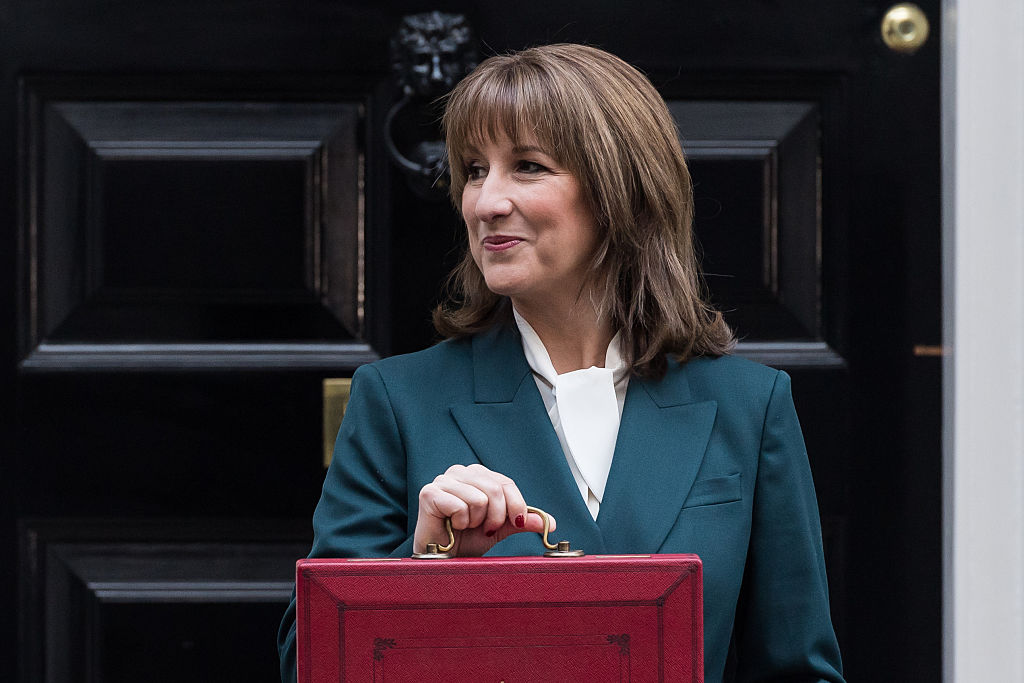Have the 'dogs of the FTSE' had their day?
Buying the 'dogs' of the FTSE 100 - the index's ten highest-yielding shares - has been profitable in the past. Will it work in 2014? Phil Oakley investigates.
When you are investing, keeping things as simple as possible is rarely a bad thing. In fact, complicated strategies employed by some professional fund managers often find it difficult to beat the markets for prolonged periods of time.
Back in 1990, Michael O'Higgins, in his book Beating the Dow, suggested that private investors could do better than the pros by simply investing in the dogs of the Dow' the ten highest-yielding stocks in the Dow Jones Industrial Average index.
How it works
1. At the start of the year, buy the ten highest-yielding stocks in the Dow.2. Put equal amounts of money in each.3. Ignore them for a year.4. Then do the same again.
MoneyWeek
Subscribe to MoneyWeek today and get your first six magazine issues absolutely FREE

Sign up to Money Morning
Don't miss the latest investment and personal finances news, market analysis, plus money-saving tips with our free twice-daily newsletter
Don't miss the latest investment and personal finances news, market analysis, plus money-saving tips with our free twice-daily newsletter
This is not a buy-and-hold portfolio. You sell the shares that don't meet the yield criteria each year and replace them with the ones that do.
Does it produce the goods?
In the updated version of O'Higgins's book he presented some very convincing evidence for his strategy. During the 26 years between 1973 and 1998, buying the ten highest-yielding stocks delivered a total return of 7,264% three times that of the Dow, which returned 2,408%. The strategy beat the Dow in 17 out of the 26 years, losing money in only three of them.
However, its recent performance is not so good. According to the website dogsofthedow.com, during the 20 years to 2011 the dogs' annual total return was 10.8%, which was exactly the same as the Dow. The dogs underperformed in 2012, but beat the Dow last year.
Has the strategy had its day? After all, share buybacks have become an increasingly popular way for companies to return cash to their shareholders, meaning that dividend yields may not be as reliable an indicator of unloved shares as they were in the past.
High dividend yields are also often a sign of distress and may signal an imminent dividend cut. Buying these shares can be a mistake. Looking at measures of dividend safety such as dividend cover and the ability of a company to grow its dividends in the future will often lead to better performance. However, this moves away from the simplicity of O'Higgins's original strategy.
What about the dogs of the FTSE'?
Money Observer magazine has been monitoring a 'dogs of the FTSE 100' portfolio for the last 13 years. It has performed very well and beaten the FTSE 100 index in nine of them. For the 12 years to February 2013, the portfolio averaged annual total returns of 13.6%; the FTSE 100 averaged just 5.4%.
It has had bad years such as in 2008, when lots of banking stocks scrapped their dividends but has also had stellar ones, such as in 2009, when it gained 86.5% compared with 31.9% for the FTSE 100.
Unlike O'Higgins's strategy, this portfolio avoids companies that are expected to cut their dividends.
This year's FTSE 100 dogs have a heavy bias towards utilities and insurance stocks, which have mostly been paying out their profits as dividends (as shown by the low dividend cover) and for which dividend growth is expected to be modest.
This does not make for a well-diversified portfolio, but utility, pharmaceutical and big oil companies have fairly resilient earnings that have historically been good at underpinning their dividend payments. It remains to be seen whether they can outperform the FTSE 100 in 2014.
This year's Dogs
| SSE | Utilities | SSE | 1,348 | 6.35% | 1.34 | 4.15% |
| Resolution | Insurance | RSL | 351 | 6.01% | 1.21 | 1.19% |
| Berkeley Group | House building | BKG | 2,632 | 5.73% | 1.37 | 85.27% |
| Admiral Group | Insurance | ADM | 1,306 | 5.21% | 1.05 | 10.75% |
| United Utilities | Utilities | UU | 677 | 5.21% | 1.17 | 4.96% |
| National Grid | Utilities | NG | 790 | 5.2% | 1.24 | 3.21% |
| Royal Dutch Shell | Oil & gas | RDSB | 2,166 | 5.18% | 1.86 | 7.22% |
| AstraZeneca | Pharmaceuticals | AZN | 3,587 | 5.08% | 1.78 | -1.06% |
| Imperial Tobacco | Tobacco | IMT | 2,334 | 4.97% | 1.70 | 9.19% |
| Centrica | Utilities | CNA | 346 | 4.86% | 1.56 | 4.88% |
| As of 3 January 2014. Yields based on last 12 months' dividends paid |
Get the latest financial news, insights and expert analysis from our award-winning MoneyWeek team, to help you understand what really matters when it comes to your finances.
Phil spent 13 years as an investment analyst for both stockbroking and fund management companies.
After graduating with a MSc in International Banking, Economics & Finance from Liverpool Business School in 1996, Phil went to work for BWD Rensburg, a Liverpool based investment manager. In 2001, he joined ABN AMRO as a transport analyst. After a brief spell as a food retail analyst, he spent five years with ABN's very successful UK Smaller Companies team where he covered engineering, transport and support services stocks.
In 2007, Phil joined Halbis Capital Management as a European equities analyst. He began writing for MoneyWeek in 2010.
-
 London claims victory in the Brexit wars
London claims victory in the Brexit warsOpinion JPMorgan Chase's decision to build a new headquarters in London is a huge vote of confidence and a sign that the City will remain Europe's key financial hub
-
 Rachel Reeves's Autumn Budget: What it means for the UK
Rachel Reeves's Autumn Budget: What it means for the UKOpinion A directionless and floundering government has ducked the hard choices at the Autumn Budget, says Simon Wilson